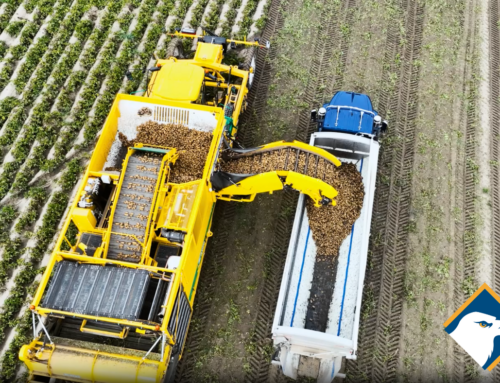What is automation in manufacturing?
Automation in manufacturing involves the use of technology to control and monitor the production and delivery of products and services. The goal is to reduce human intervention and error by employing machines and software to perform tasks traditionally done by humans.In manufacturing, automation denotes the application of computer numerical control (CNC) machines, robotics, and artificial intelligence (AI). These technologies can help manage virtually every step along the production line, from design and material handling to assembly and quality control [1].
Types of Automation Technologies
The manufacturing industry is leveraging numerous technologies to drive automation. Manufacturers are increasingly automating tasks such as assembly, material handling, and quality control, lowering the demand for human manual labor. Robotic arms and collaborative robots (cobots) can execute assembly and material handling tasks. Material movement can be carried out by Autonomous Guided Vehicles (AGVs) or drones. 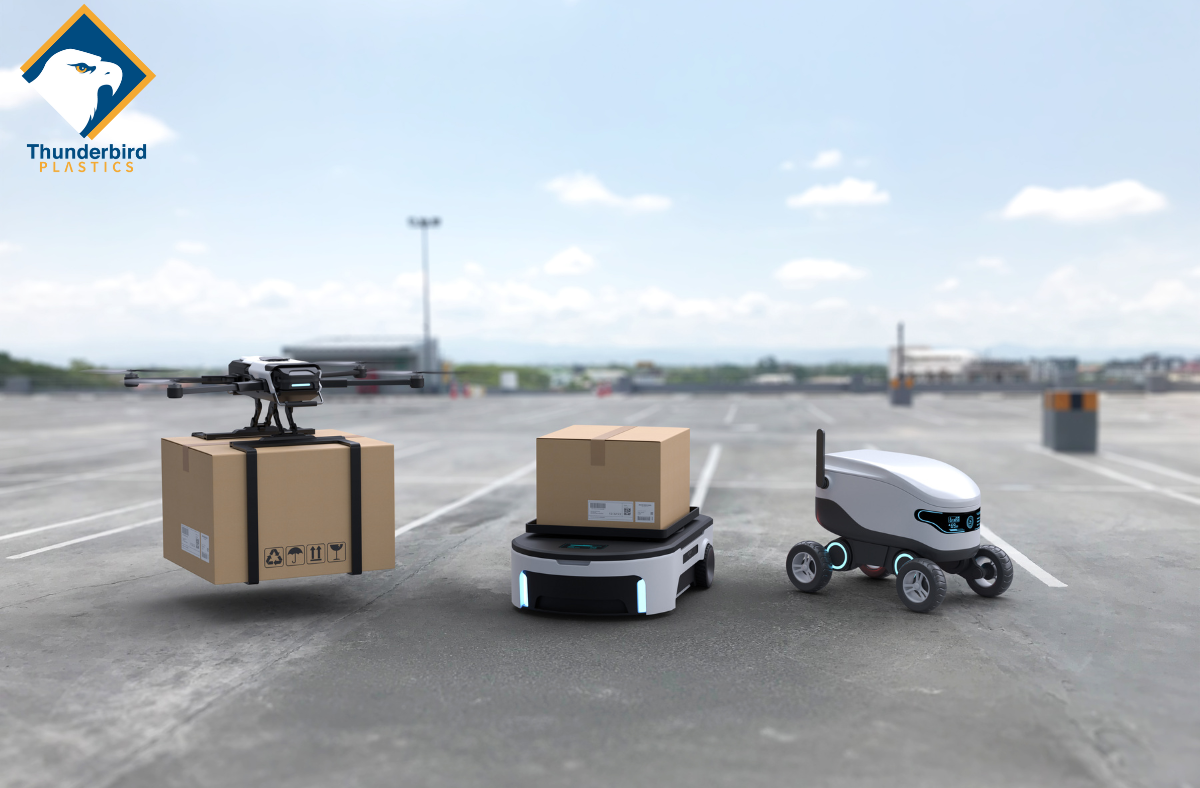 Programmable Logic Controllers (PLCs) serve as central control systems for equipment and regulate factors like timing, pressure, and humidity. Through Human-Machine Interfaces (HMIs), human operators can oversee and manage all operations executed by these systems. In addition to an intuitive control interface, HMIs may include virtual visual replicas of physical systems called Digital Twins, further enhancing optimization by providing a visual simulation of the system. All of these automated components work together in an Internet of Things (IoT) and share data from their network of sensors, enabling real-time adjustments, predictive maintenance, and process optimization. To further reduce human error, artificial intelligence and machine learning (ML) can run predictive analytics and suggest improvements using all of the collected sensor data [2].
Programmable Logic Controllers (PLCs) serve as central control systems for equipment and regulate factors like timing, pressure, and humidity. Through Human-Machine Interfaces (HMIs), human operators can oversee and manage all operations executed by these systems. In addition to an intuitive control interface, HMIs may include virtual visual replicas of physical systems called Digital Twins, further enhancing optimization by providing a visual simulation of the system. All of these automated components work together in an Internet of Things (IoT) and share data from their network of sensors, enabling real-time adjustments, predictive maintenance, and process optimization. To further reduce human error, artificial intelligence and machine learning (ML) can run predictive analytics and suggest improvements using all of the collected sensor data [2].
Historically, industrial control systems operated as isolated networks, which limited their efficiency. Today, the integration of cloud and edge computing has transformed these systems, enabling more efficient and interconnected operations. Currently, cloud computing provides extensive computing resources and high availability, a term in the industry that denotes the high proportion of time the system can function effectively. 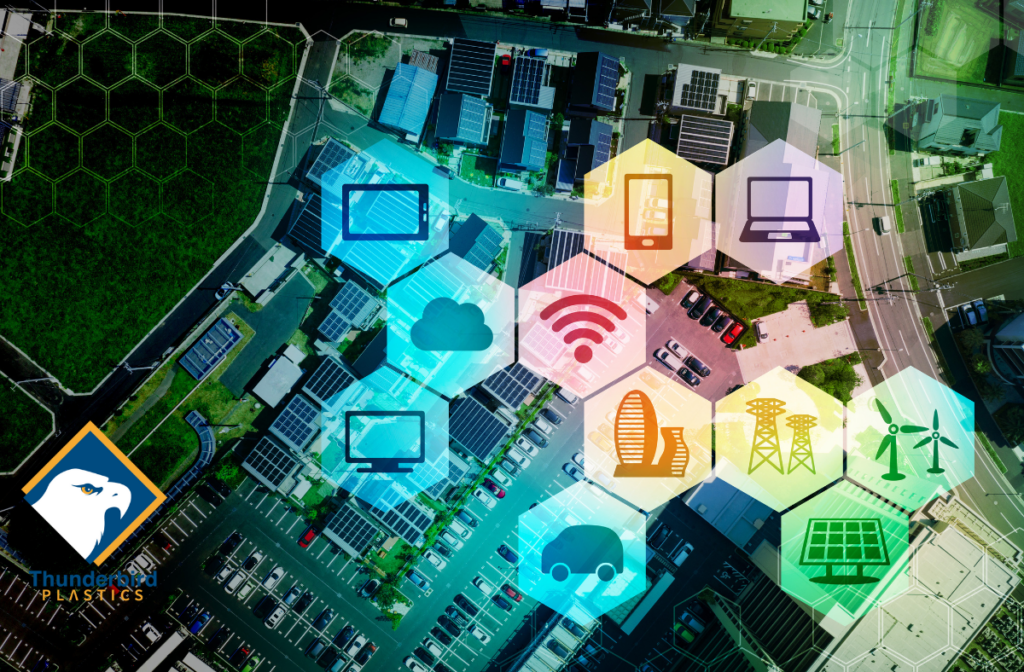 Nevertheless, incorporating cloud solutions into industrial control has proven difficult because of the scarcity of technologies connecting the Internet of Things (IoT) with industrial requirements and the lack of appropriate architectural concepts. Cloud computing enables centralized data storage, advanced analytics, and remote management, while edge computing processes data locally at the source, reducing latency. Together, these technologies create a hybrid model that combines the scalability and power of the cloud with the speed and reliability of edge devices. This integration enables predictive maintenance, process enhancement, and increased flexibility, resulting in smarter and more efficient industrial control systems[3].
Nevertheless, incorporating cloud solutions into industrial control has proven difficult because of the scarcity of technologies connecting the Internet of Things (IoT) with industrial requirements and the lack of appropriate architectural concepts. Cloud computing enables centralized data storage, advanced analytics, and remote management, while edge computing processes data locally at the source, reducing latency. Together, these technologies create a hybrid model that combines the scalability and power of the cloud with the speed and reliability of edge devices. This integration enables predictive maintenance, process enhancement, and increased flexibility, resulting in smarter and more efficient industrial control systems[3].
Automated technologies merge to form the foundation of Industry 4.0, also known as the Fourth Industrial Revolution. Industry 4.0 signifies the ongoing movement towards automation, data interchange, and intelligent technologies integrated into manufacturing. It expands upon the progress made in the initial three industrial revolutions, mechanization – mass production, and digitalization – by incorporating innovative technologies such as IoT, AI, robotics, and data analytics into the manufacturing processes. The objective is to establish intelligent factories that are increasingly efficient, and adaptable to market needs. Integrating automation signifies a revolutionary change in industry operations [4].
The Benefits of Automation in Manufacturing
Automation within the manufacturing sector provides endless advantages that are leading to its swift implementation globally. A key benefit is overall efficiency; automated systems operate continuously, increasing production levels and minimizing downtime to meet ever-fluctuating market demands. Furthermore, automation enhances the accuracy and uniformity of the finished product, reducing human mistakes and guaranteeing that each product complies with rigorous quality standards. This is especially crucial in sectors such as aerospace, automotive, and electronics, where even small flaws can lead to severe repercussions. Another important advantage is savings on expenses. Although the upfront cost of automation can be substantial, it decreases long-term operational expenses by reducing labor costs, cutting down on material waste, and enhancing energy efficiency. Automation improves workplace safety by assuming dangerous jobs, such as welding, painting, or managing heavy materials, lowering the chances of injuries. 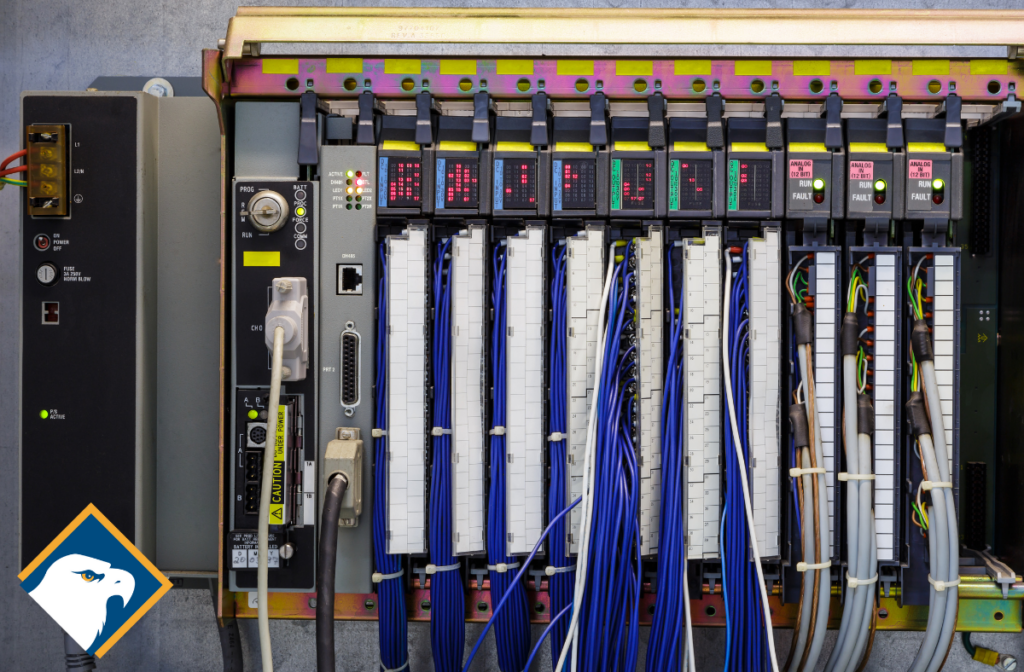 Additionally, automation facilitates scalability, permitting manufacturers to effortlessly modify production volumes in response to market changes. Technologies such as robotics, IoT, and AI contribute to predictive maintenance, helping to avoid equipment failures and minimize unplanned downtime. In addition to these operational advantages, automation enhances sustainability by improving resource efficiency and minimizing waste in line with worldwide sustainability initiatives. Automation is essential for manufacturers seeking to succeed in a fast-changing, competitive, and technology-focused environment [5,6].
Additionally, automation facilitates scalability, permitting manufacturers to effortlessly modify production volumes in response to market changes. Technologies such as robotics, IoT, and AI contribute to predictive maintenance, helping to avoid equipment failures and minimize unplanned downtime. In addition to these operational advantages, automation enhances sustainability by improving resource efficiency and minimizing waste in line with worldwide sustainability initiatives. Automation is essential for manufacturers seeking to succeed in a fast-changing, competitive, and technology-focused environment [5,6].
Challenges of Automation in Industry, Economy, and Labor Force
While the future of the manufacturing industry is quickly trending towards full automation, there are some challenges and criticisms. One of the most significant is the high initial investment required for the implementation of new technologies such as robotics and AI-driven tools. 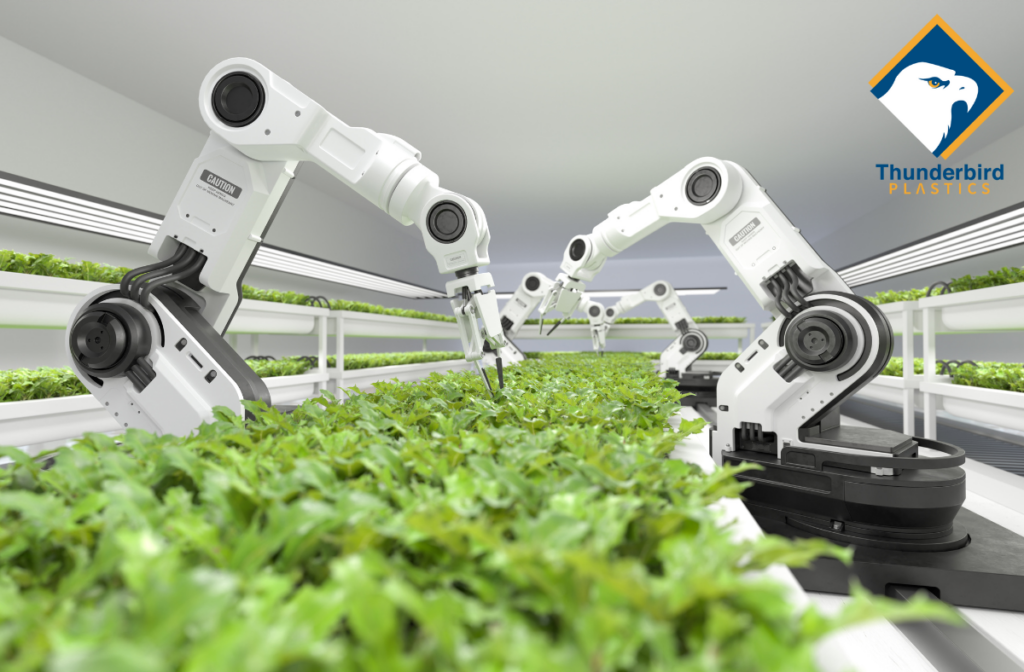 For small and medium-sized enterprises (SMEs), these costs can be particularly prohibitive [7]. Competition in the free market is one of the leading drivers of innovation, and critics say that large corporations that can invest more readily in automation will eliminate this competitive force.
For small and medium-sized enterprises (SMEs), these costs can be particularly prohibitive [7]. Competition in the free market is one of the leading drivers of innovation, and critics say that large corporations that can invest more readily in automation will eliminate this competitive force.
Another commonly cited issue is that the current workforce may not have the skills and education required to operate and maintain these advanced automated systems. Workers may require extensive education and training, which can cause downtime of production, a shortage of qualified personnel, and higher costs for businesses [8].
The logistical complexity of retrofitting existing systems with new automation technologies is a feat that is especially challenging in older facilities. The transition to a new system from a legacy system leads to operational disruptions [9].
The interconnectedness of autonomous systems for data exchange makes the whole network vulnerable to cyberattacks. To protect sensitive data and to protect from operational disruptions, automated systems require complex and expensive cybersecurity measures and staff to maintain them [10].
Finally, the reliability and maintenance of automated systems can be challenging due to the complexity of the technology, the need for regular updates, and the potential for technical failures that require specialized knowledge to address. Ensuring the reliability of these systems requires regular maintenance and updates, which can be resource-intensive [11].
While automation holds immense potential for transforming the manufacturing industry, it also presents challenges such as high costs, skill gaps, integration complexities, cybersecurity risks, job displacement, and maintenance demands. To ensure a smooth transition to an automated future, careful planning, investment, and collaboration among industry stakeholders, governments, and educational institutions is essential.
Legislation, Policy, and Education
To benefit all of society, governments, educational bodies, and industry leaders must understand their responsibility to develop the industries that foster innovation while considering the social and economic effects of automation. To ensure equity for all members of society, it is most important to enact policies that facilitate workforce transition and skills upgrading, with STEM (science, technology, engineering, and mathematics) education being the main focus.
As we progress towards automation and the daily use of cutting-edge technology, we have an opportunity to create a brighter and more sustainable future for all humans. Despite the challenges of transitions to automation, the benefits greatly outweigh the obstacles if all those involved are focused on benefiting society. Industry stakeholders and lawmakers are at the leading edge of this transformation and can secure lasting progress in a dynamic global market.
Here at Thunderbird Plastics, innovation and production line optimization are at the core of our operation. Our team of engineers has meticulously optimized the design, production, and transport of our entire product offering. This helps us provide the highest quality agricultural, waste/recycling, aquaculture, and construction supplies affordably. We look forward to a bright future as our production plant moves toward the future of automation. Explore our product line HERE or read about our custom molding services HERE to bring your bespoke design to life. Call us at 888-77T-BIRD or email us at info@thunderbirdplastics.com.



